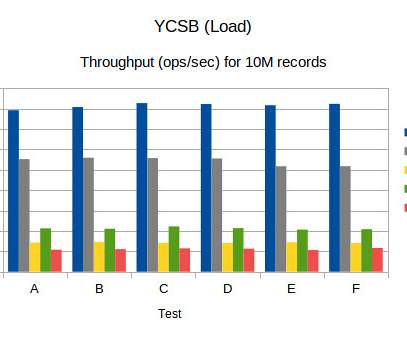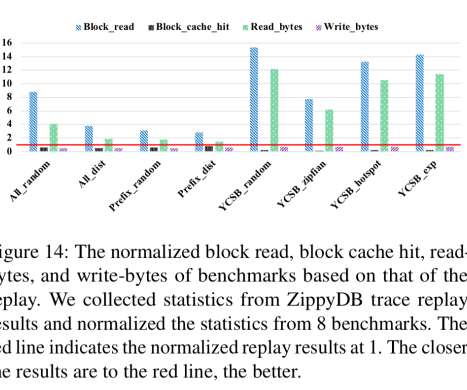Benchmark (YCSB) numbers for Redis, MongoDB, Couchbase2, Yugabyte and BangDB
High Scalability
FEBRUARY 17, 2021
Redis Server: 5.07, x86/64. MongoDB server: 4.4.2, BangDB server: 2.0.0, We note that for MongoDB update latency is really very low (low is better) compared to other dbs, however the read latency is on the higher side. Application example: user profile cache, where profiles are constructed elsewhere (e.g.,































Let's personalize your content